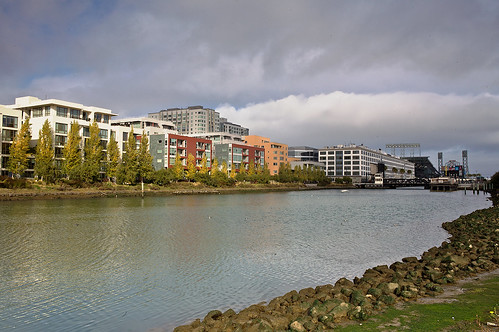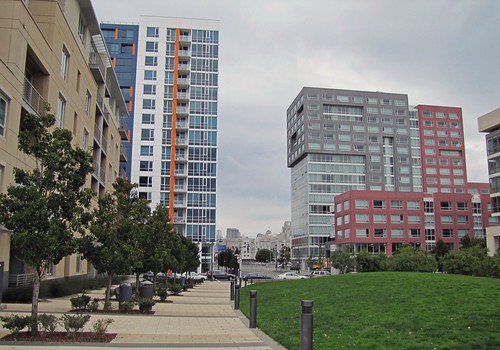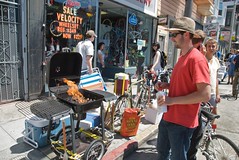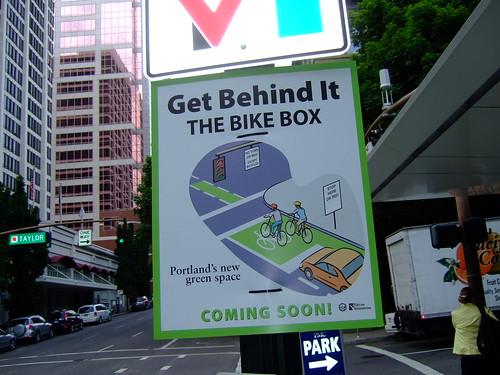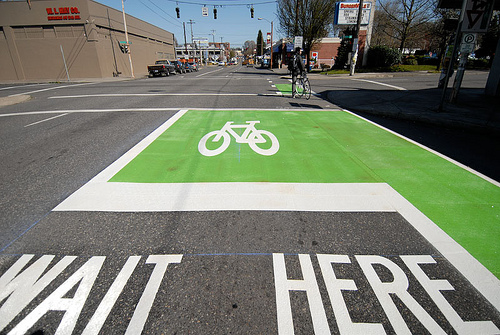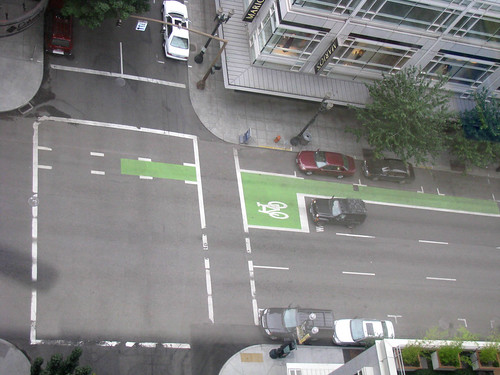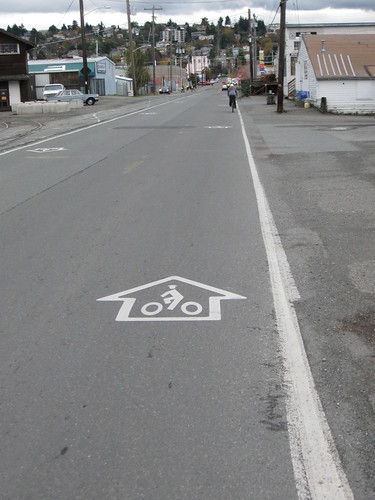great graphic from Livablecity.org

photo by Michael Helquist
photo by slowpoke_sf on Flickr
photo by steverhodes on Flickr
The buoyant, smile-inducing, bike spinning, pedestrian-safe celebration known as Sunday Streets will course through NOPA in 2010. Fine-tuning of the new Western Addition route is underway, but the blocks expected to involve NOPA include Central Avenue, Grove Street, Baker Street, and Golden Gate Avenue. Mayor Gavin Newsom announced today the dates and neighborhood locations for nine Sundays from March through October next year. NOPA's chance to host part of the route will come on September 19th, when the city is most assured of sunny, warm weather.
Next year's Western Addition/Alamo Square/NOPA route will be the first foray into mostly residential neighborhoods for Sunday Streets. Cheryl Brinkman, president of the board of Livable City, noted how successful Sunday Streets was this year in the Mission's commercial area. She added, "We hope with NOPA and the Western Addition to have the same success with a primarily residential route. It's a great opportunity to give residents a respite from car traffic on their streets and see what they make of it."
Kevin Rafter, President of the North Panhandle Neighborhood Association, thinks the event is right on target. "NOPNA is always eager to support events that build community and get more neighbors out on the streets. We know that so many of our neighbors bike to school, work, and in-between so this event makes a lot of sense to us. We're eager to make this event a success in NoPa."
At the same time, NOPA's merchants can expect a big boost in business from Sunday Streets.* The Central Avenue and Fulton Street cafes, restaurants and stores, the "Baker Street Beat" sites for foodies, corner grocery stores, and Divisadero outlets of every sort will have the chance to meet, greet, and serve San Franciscans from all over the city. One segment of the route being considered would stop at the Divisadero Farmers' Market, and manager Dmitrius Spartos couldn't be more psyched about it: "This event is all about having fun while honoring San Francisco's path towards a sustainable urban ecology, and farmers' markets are a definite part of that equation. It makes sense to join forces."
NOPA's own BIKE THE BLOCK party this past September was inspired by Sunday Streets, and our one-block focus attracted hundreds of neighbors and friends. Bicyclists will certainly be prominent among Sunday Streeters, but the event reaches out to everyone. Marc Caswell, NOPA neighbor and Program Manager for the San Francisco Bicycle Coalition, is eager to have Sunday Streets come to this part of town. He also takes a larger view of the occasion: "Events like this allow people to re-envision public space and help show that streets have more uses than transporting vehicles." The route through NOPA will permit two-way travel on the selected streets and will be open to festivities from 10 am to 3 pm. Organizers will provide extensive advance notice to residents, businesses, and churches located on the affected blocks to help them prepare for the occasion.
The full list of dates and locations include:
March 14: Embarcadero
April 11: Along the Great Highway
April 18: Bayview
May 23: Bayview
June 20: Mission
July 11: Mission
August 22: Great Highway/Golden Gate Park
September 19: NEW: Western Addition
October 24: NEW Civic Center/Tenderloin
In addition to this ambitious expanded version of Sunday Streets, the mayor and SFMTA will launch a pilot project next year to bring car-free days in one or more neighborhoods, somewhat similar to the Sunday closure of JFK Drive in Golden Gate Park. Presumably, these "block party"-type events will not entail the rather steep application fees to close the block to car traffic.
* For those new to Sunday Streets, the event is not envisioned as a giant street fair with vendors taking the place of parked vehicles. People enjoying the streets usually frequent nearby stores, restaurants, and cafes or find the curb a good spot to watch the passing scene.


